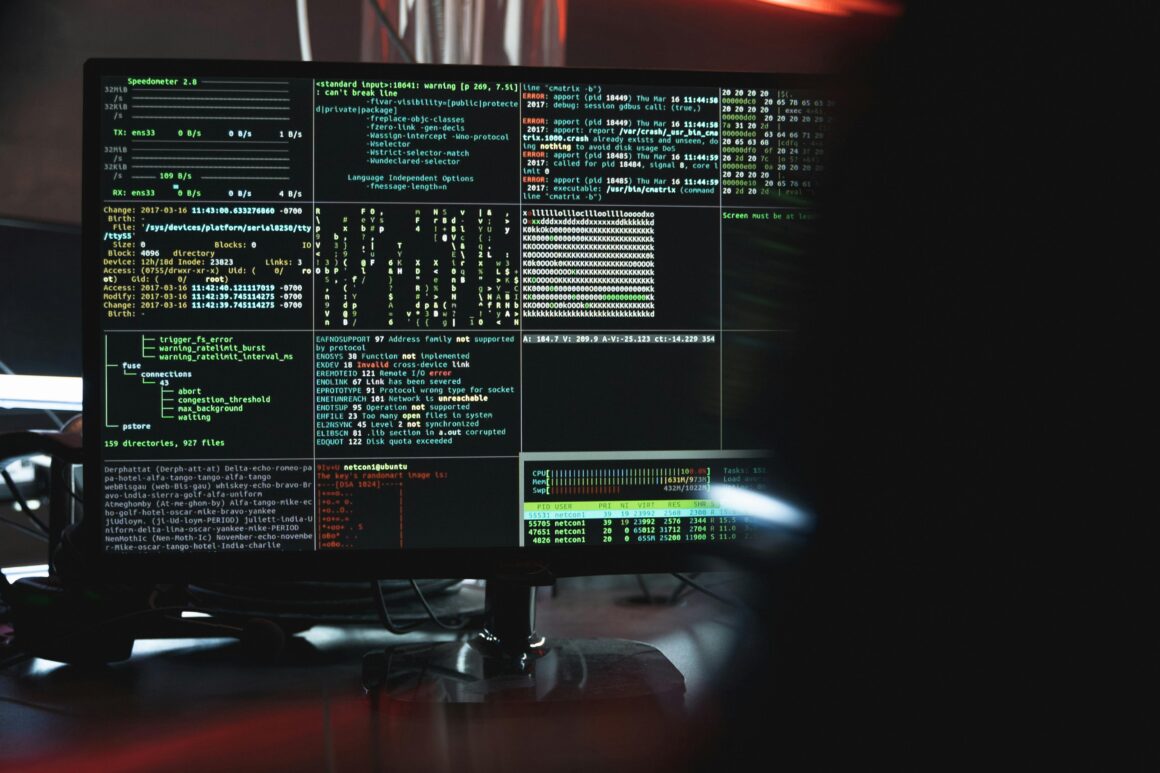The famous saying (and song by Luther Vandross) goes “a house is not a home,” which couldn’t be more true now– because besides a home, a house (or apartment, dorm or other forms of lodging) can also be a gym, workplace, class, and restaurant. What multipotentiality our homes now hold.
Each passing day for nearly a year now, we got to know more and more about the environment we call our homes. More than that, we also find ourselves with the time to reinvent that very environment and transform it in ways to accommodate our current needs or wants. Because in a world where uncertainty is looming, we turn to the one thing we can control: the environment we live in.
As we are experiencing the required domestication of our physical selves, our habits and lifestyle are altered as well. And humans will do what humans have done ever since its creation: adapt. From adopting practices from other cultures like hygge and päntsdrunk, to working from bed (while we have the chance to), we make do with our home life as best as we can, for the sake of our health and sanity. We start to do more of the things we barely ever have time for before being stuck at home, like cooking, gardening, and cleaning.
That being said, all these “new versions” of ourselves that come to front in quarantine may have indirectly influenced our homes too. And before we know it, the space we live in starts to reflect our personalities and lifestyles.

This is not a new idea, as homes have indeed been one of our channels for self-definition. In an episode of the Monocle On Culture podcast, host Robert Bound discussed Apple TV+’s documentary series Home, with its series director Doug Pray and designer Christopher Brown. Both Pray and Brown gave support to the idea of self-defining homes, stating that a living space is reflective of the people who inhabit it. Through creativity and innovation, homeowners have the ability to express their own selves through the place they live.
But surely, in a time when our home life is basically our entire lives, this idea of homes as an output for our selves has become more evident. Home has probably become the forefront of the modern cultural experience in pandemic life. Almost everything we consume from the world, and produce for it, we do it from the same place we sleep in, or have family dinners at.
On top of that, because we have to stay home, we are forced to invite our “real life” in as well. Work, school, relationships — all are welcomed into our respective living quarters, when maybe they never were before. We start to experience nearly everything on screens. Because of this, there may be a growing perception of being watched. Being on camera at a video meeting, for example, there is a possibility that everyone else can see us the entire time. We are more conscious of our gestures and appearance, therefore our need to be performative is heightened.

This sense of being on display applies not just to us, but our homes as well. A home, once a private sanctuary, is now showcased as a background in video chats (obviously, with the exception of the times we are able to use background images). It’s no wonder if we feel as though our bedrooms, kitchens, and maybe even our bookshelves are analyzed and put under a microscope.
This feeling of being seen and evaluated come full circle — eventually becoming a drive for us to alter our homes once again. Because maybe we do it not just for personal reasons, but because it’s another way of presenting ourselves to others.
In social media, the content people create in the form of room makeovers and house tours, might be explained by the same reason as well. It’s sort of in our nature to create, and to share our creation with others. So, perhaps we just want to express ourselves and let those expressions be seen, and our homes are one of the only viable options we can turn to in order to do that.
The rapid change in our home lives we are experiencing will most certainly impact how we view the concept of homes in the future. If indeed there will be a new definition of homes, then we should be prepared to welcome it whenever it shows up at our door.
Photo: Breno Assis on Unsplash




